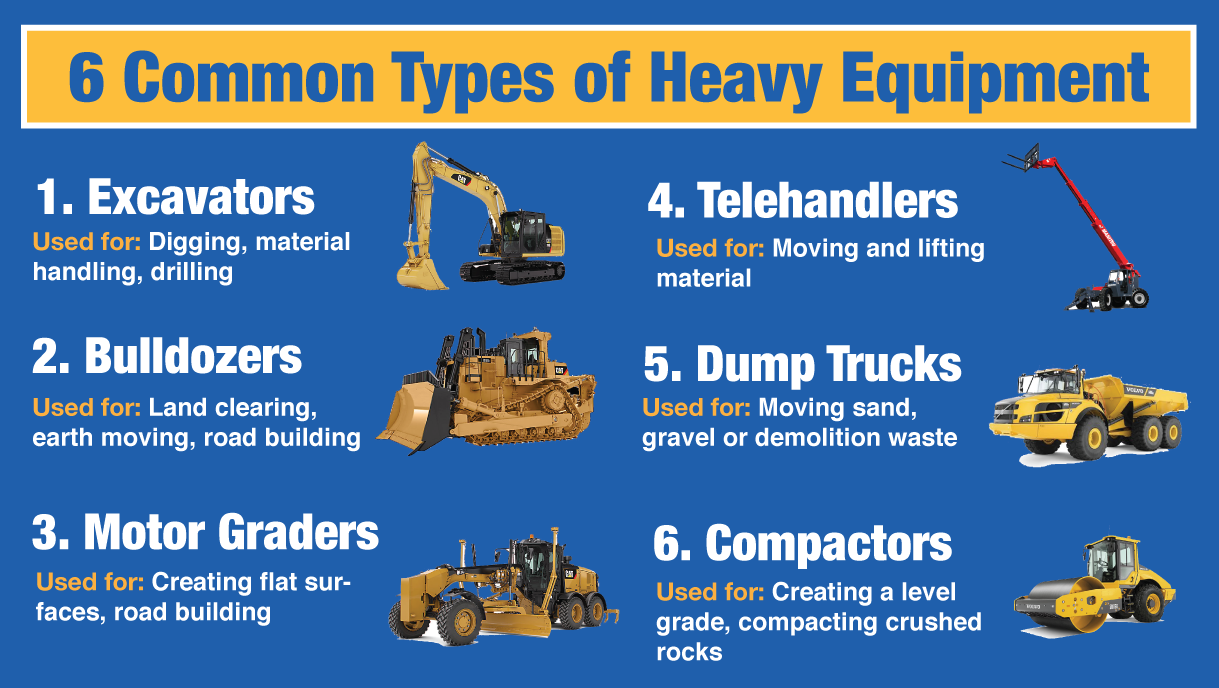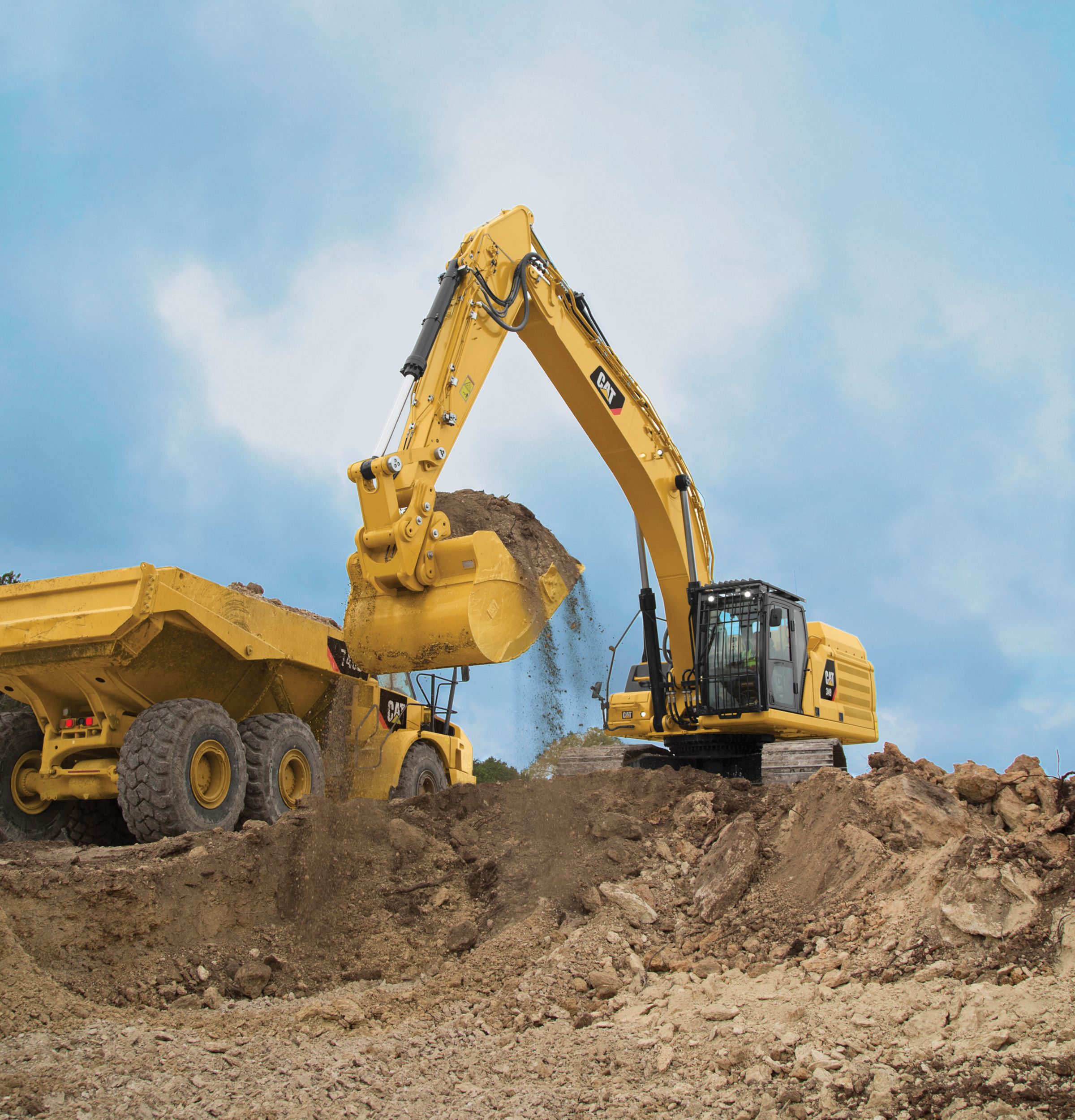Top Equipment Rental Company for All Your Needs
Top Equipment Rental Company for All Your Needs
Blog Article
Renting Out Vs. Acquiring Construction Tools: Making the Right Choice for Your Project
When embarking on a building project, one of the important choices that project stakeholders and managers encounter is whether to get or rent construction devices. The choice hinges on various aspects such as cost considerations, job period, devices maintenance, versatility, scalability, and danger management.
Price Factors To Consider
When assessing the financial aspect of getting versus leasing building tools, the long-term expenses and ahead of time expenses should be carefully thought about. Renting equipment typically calls for reduced first repayments contrasted to acquiring, making it an appealing alternative for temporary tasks or professionals with spending plan restrictions. Renting removes the requirement for big resources investments and lowers the financial threat related to equipment ownership, such as maintenance and devaluation expenses. However, in the future, continually renting out equipment can build up higher prices than acquiring, specifically for extended projects.
On the various other hand, purchasing building and construction equipment entails higher upfront costs however can result in long-term financial savings, especially for frequent customers or long-lasting projects. Ultimately, the choice between buying and leasing building and construction tools hinges on the job's duration, regularity of use, budget factors to consider, and lasting financial goals.
Job Duration

On the other hand, for lasting projects or recurring building and construction job, purchasing equipment might be the extra economical option. Buying devices can bring about set you back financial savings in the lengthy run, especially if the equipment will be regularly used. Additionally, having equipment provides a sense of control over its accessibility and enables for modification to fit certain project demands.

Tools Maintenance
Offered the essential role project duration plays in figuring out one of the most economical method in between buying and leasing building and construction equipment, the focus currently moves in the direction of examining the necessary element of equipment upkeep. Proper upkeep is vital for making sure the optimal efficiency and long life of construction devices. Renting tools often comes with the advantage of having actually well-maintained machinery supplied by the rental company. This can alleviate the worry of maintenance jobs from the task owner or service provider, conserving effort and time. On the various other hand, having equipment requires an aggressive approach to maintenance to avoid failures, ensure safety and security, and expand the devices's life-span. Routine examinations, servicing, and prompt repair work are necessary to maintain owned and operated tools in leading functioning problem. Consider upkeep expenses when making a decision in between buying and leasing, as ignoring upkeep can bring about expensive repair work, downtime, and project hold-ups. Inevitably, a well-maintained building tools fleet, whether rented out or had, is crucial for the efficient and successful completion of building and construction jobs.
Versatility and Scalability
In the world of building equipment monitoring, the facet of versatility and scalability holds substantial relevance for project performance and resource utilization. Choosing to lease building tools provides a high degree of flexibility as it allows for the quick change of equipment types and quantities based on the developing demands of a task.
Leasing building and construction devices uses the advantage of quickly scaling operations up or down as task demands vary. Contractors can swiftly add or exchange devices to match the task's transforming requirements without the constraints of owning possessions that might come to be underutilized or out-of-date.
Risk Management
Effective threat administration in building equipment operations is extremely important to making certain job success and mitigating prospective monetary losses. Construction jobs inherently include numerous risks, such as tools failures, accidents, and job delays, which can dramatically influence the task timeline and spending plan. By very carefully considering the threats connected with owning or renting construction equipment, task supervisors can make informed decisions to decrease these potential hazards.
Renting construction tools can supply a level of risk reduction by transferring the obligation of repair and maintenance to the rental company. This can lower the monetary worry on the job proprietor in instance of unexpected devices failings (construction equipment rentals). Furthermore, renting out offers the versatility to gain access to specific equipment for details project phases, minimizing the danger of owning underutilized equipment
On the various other hand, owning scissor lift rental building tools supplies a feeling of control over its usage and upkeep. However, this additionally indicates bearing the full responsibility for repair services, maintenance expenses, and depreciation, enhancing the economic dangers linked with tools ownership. Careful threat assessment and consideration of aspects such as task period, tools utilization, and upkeep demands are essential in establishing one of the most appropriate alternative for effective threat administration in building and construction tasks.
Verdict
Finally, when choosing between renting out and purchasing building tools, it is necessary to think about expense, job duration, equipment maintenance, versatility, scalability, and risk monitoring. Each factor plays an essential duty in identifying one of the most ideal alternative for the job handy. By thoroughly reviewing these elements, project managers can make an informed decision that straightens with their budget, timeline, and total task objectives.

Report this page